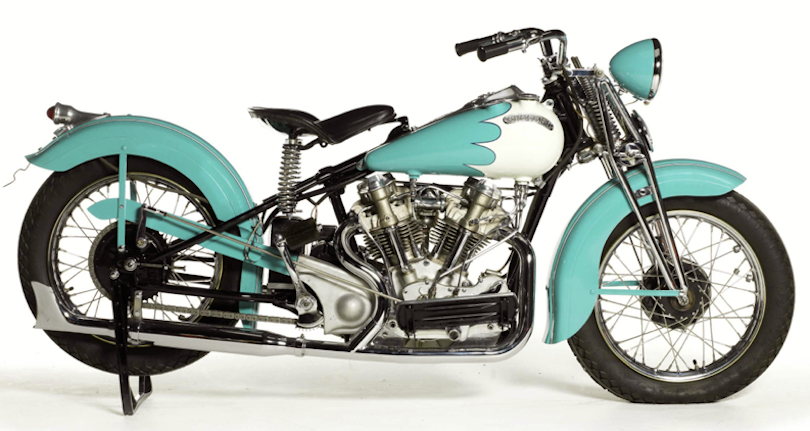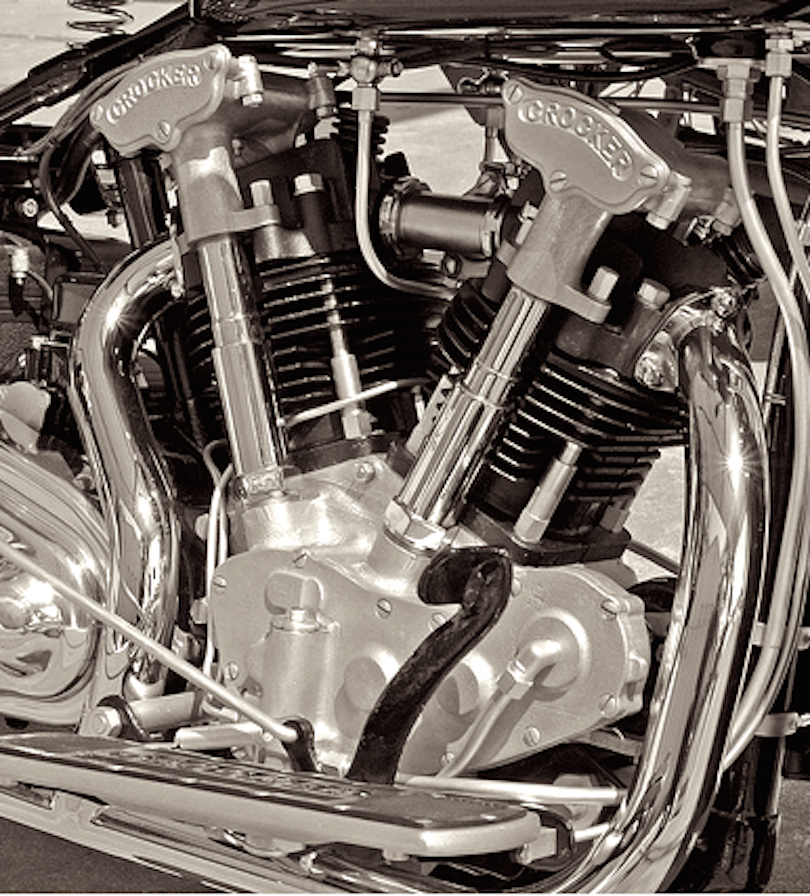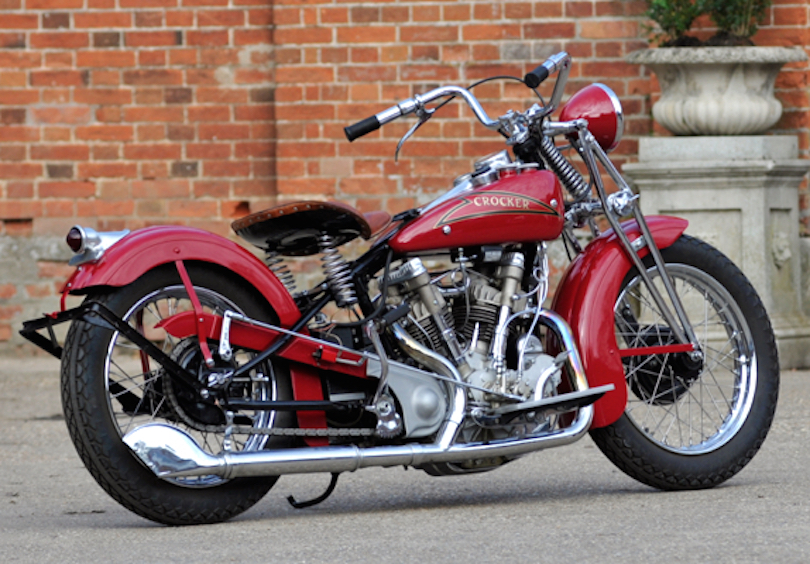Nei primi anni del secolo scorso nasceva l’industria motociclistica americana e le motociclette costruite negli Stati Uniti fin dal passato, con ampi manubri, grandi ruote e le pedane avanzate, sono state a lungo lo stile di moto più popolare e più venduto in quello che era il più grande mercato motociclistico del mondo.
Dagli anni ’40 agli anni ’60 è stata l’era d’oro del V-Twin di grande cilindrata, con numerosi modelli di produttori storici come Crocker, Indian, Excelsior e Harley Davidson.
Per soddisfare i bikers delle cruiser degli Stati Uniti e del Canada, i principali produttori tutti i grandi marchi dagli anni 70 in poi hanno sviluppato ed avviato la produzione e commercializzazione di modelli con questo stile particolare di cui specifichiamo qualità e fattori che li rendono unici.

Oltre ad una posizione di guida come su una poltrona con le gambe avanzate l’ampia coppia e la vocazione turistica delle cruiser hanno conferito loro una estetica tipicamente americana .
LE CRUISER ed I MOTORI V-Twin
Nei primi anni del secolo scorso l’industria motociclistica americana utilizzava principalmente propulsori monocilindrici raffreddati ad aria relativamente primitivi, anche se nel 1906 Indian ha lanciato il primo modello V-Twin americano tre anni prima che Harley presentasse il suo primo V-Twin con il proprio motore del 1909.

Nei decenni che seguirono, una varietà di marchi americani, incluso Indian, sperimentò l’uso di altre configurazioni del motore, sebbene il V-Twin costruito in India del 1907 divenne l’archetipo delle motociclette americane. Oggi i motori V-Twin sono sinonimo di cruiser prodotte negli Stati Uniti, Harley ed ora anche la resuscitata Indian, che con questo motore offrono una tonalità di scarico profonda e gutturale, facilmente identificabile e altamente distintiva.
Inoltre, questi V-Twin di grande cilindrata svolgono un ruolo fondamentale nell’esperienza di guida complessiva delle cruiser americane, con il loro bagaglio di vibrazioni e percezione del peso rilevante.
In anni più recenti, le case motociclistiche straniere hanno introdotto modelli di cruiser sviluppati su altre configurazioni del motore, con una progettazione attualizzata e moderna come la Diavel Ducati e la cruiser 1400 Guzzi.
Sebbene ogni modello in questo elenco rientri nell’ombrello dell’incrociatore, in realtà ci sono una manciata di diversi stili di moto all’interno del segmento. Per aiutare a far luce su queste differenze, abbiamo suddiviso la classe dell’incrociatore nelle sue cinque categorie principali, ognuna delle quali toccheremo brevemente direttamente di seguito.
I modelli cruiser entry-level di prezzo più accessibile ed adatti ai neo motociclisti hanno motori di cilindrata inferiore che sono più gestibili per i principianti.
Ma anche se non si prestano necessariamente all’uso urbano od al pendolarismo, le cruiser sono perfette per divorare chilometri su strada aperta con i loro grandi motori dotati di grande coppia che permette lunghi rapporti, un passo lungo che rende perfetta la guida in rettilineo, ben piantati e altamente stabili grazie al loro peso rilevante, e quindi si prestano anche per la capacità di carico al turismo ed ai viaggi in moto a lunga distanza.
